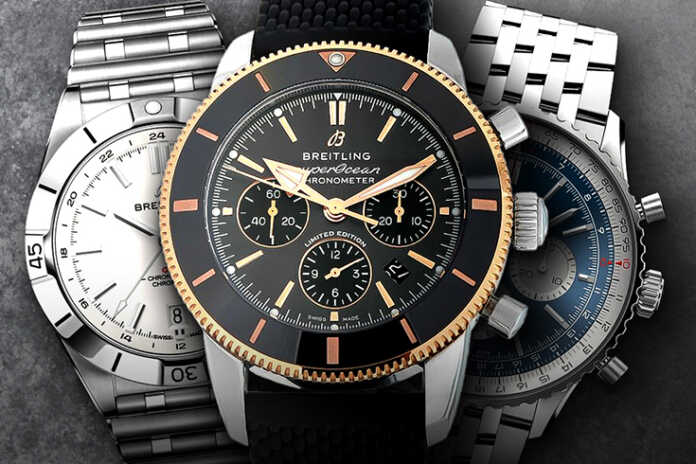
The Breitling vs. Solid 21 Inc. Case: Redefining Trademark Use in Luxury Goods
The recent ruling by the Second U.S. Circuit Court of Appeals marks a significant moment in the commercial and legal landscape surrounding trademarks in the luxury goods sector. The dispute between Breitling, a renowned Swiss watchmaker, and Solid 21 Inc., a jewelry brand holding a trademark for the term “Red Gold,” sheds light on the complex interplay between legal protections and industry practices.
Breitling’s use of “Red Gold” to describe the color of its watches was contested by Solid 21 Inc., which has had the term trademarked since 2003. The company, founded by Chris Aire, argued that Breitling’s use infringed on its trademark rights. However, the courts have now ruled twice in favor of Breitling, most recently in the appellate court, emphasizing that Breitling’s use of the term is descriptive and falls within fair use parameters.
The appellate court’s decision underscores a crucial point about trademark law: not all uses of a trademarked term constitute infringement. Specifically, the court noted that the term “Red Gold” has been used descriptively in the watchmaking industry for some time, predating Solid 21 Inc.’s trademark claim. Senior Judge Richard Wesley’s statement highlights the historical context in which “Red Gold” has been used, suggesting that its application by Breitling does not violate Solid 21’s trademark rights.
This case illustrates the balance that courts strive to maintain between protecting trademark owners’ rights and allowing for the fair use of descriptive terms within an industry. It also highlights the challenges faced by companies in navigating trademark laws, especially when terms that are broadly descriptive become trademarked.
For industry observers and legal professionals alike, this ruling may serve as a precedent for future disputes involving trademark claims over descriptive terms. It could prompt companies to consider how they describe their products and encourage them to ensure that their use of descriptive terms does not encroach upon existing trademarks. Moreover, it could lead to further scrutiny of trademarks that encompass common descriptive terms, potentially affecting how such trademarks are awarded and defended in the future.
As for consumers, this ruling is unlikely to have a direct impact, though it does ensure that terms like “Red Gold” can continue to be used descriptively in the luxury goods sector. For aficionados of luxury watches and jewelry, such terms serve as important descriptors that convey the unique qualities and aesthetics of these high-end products.















